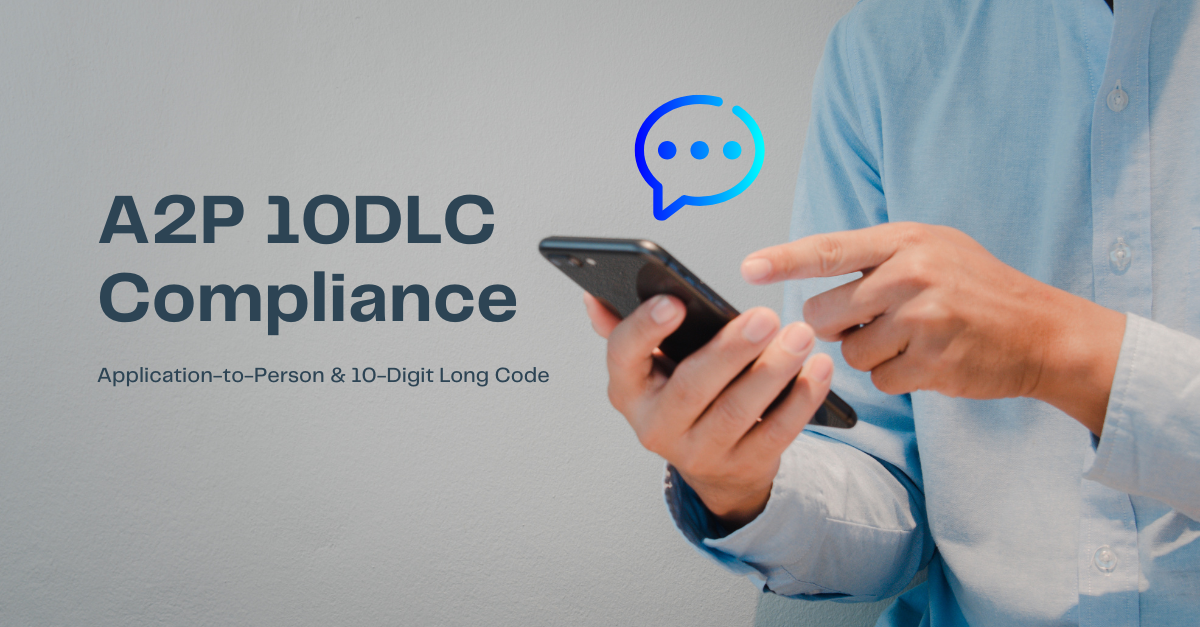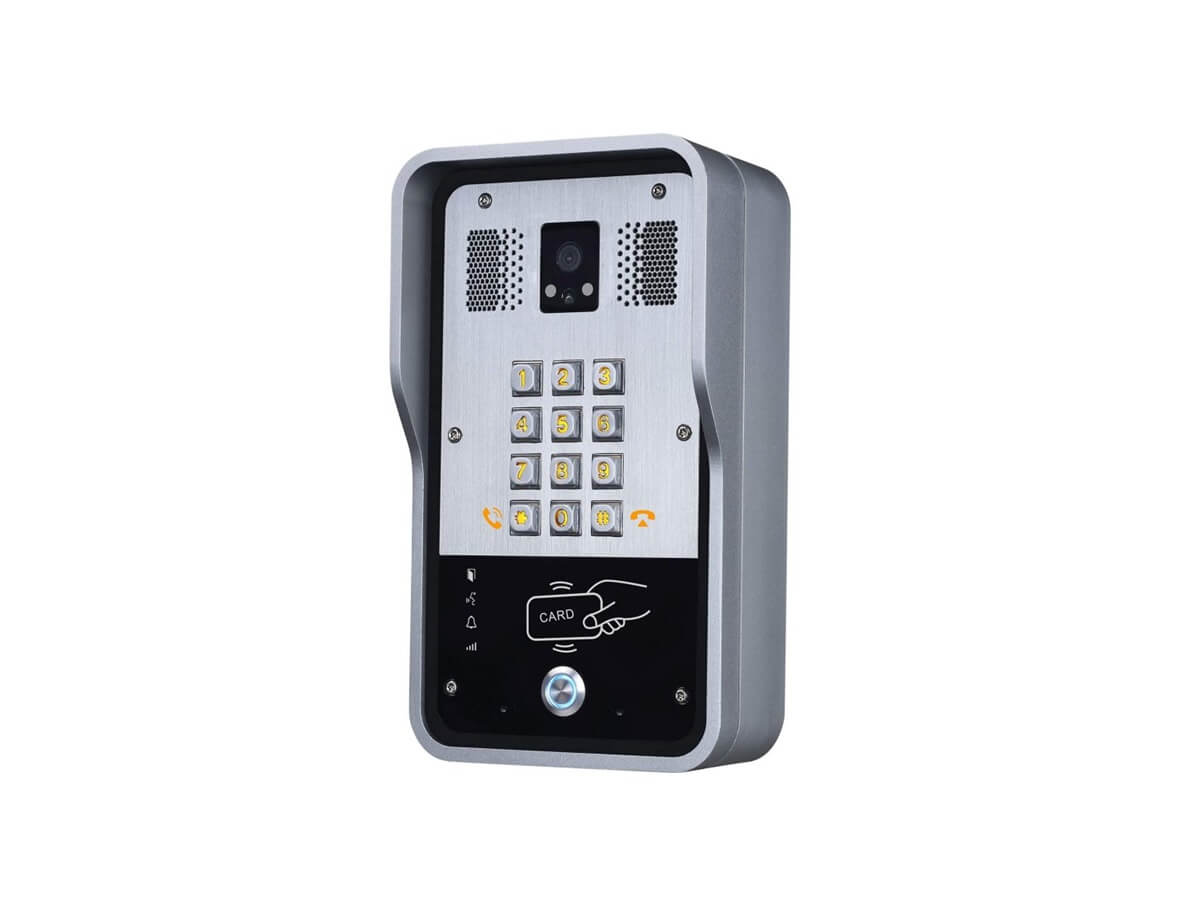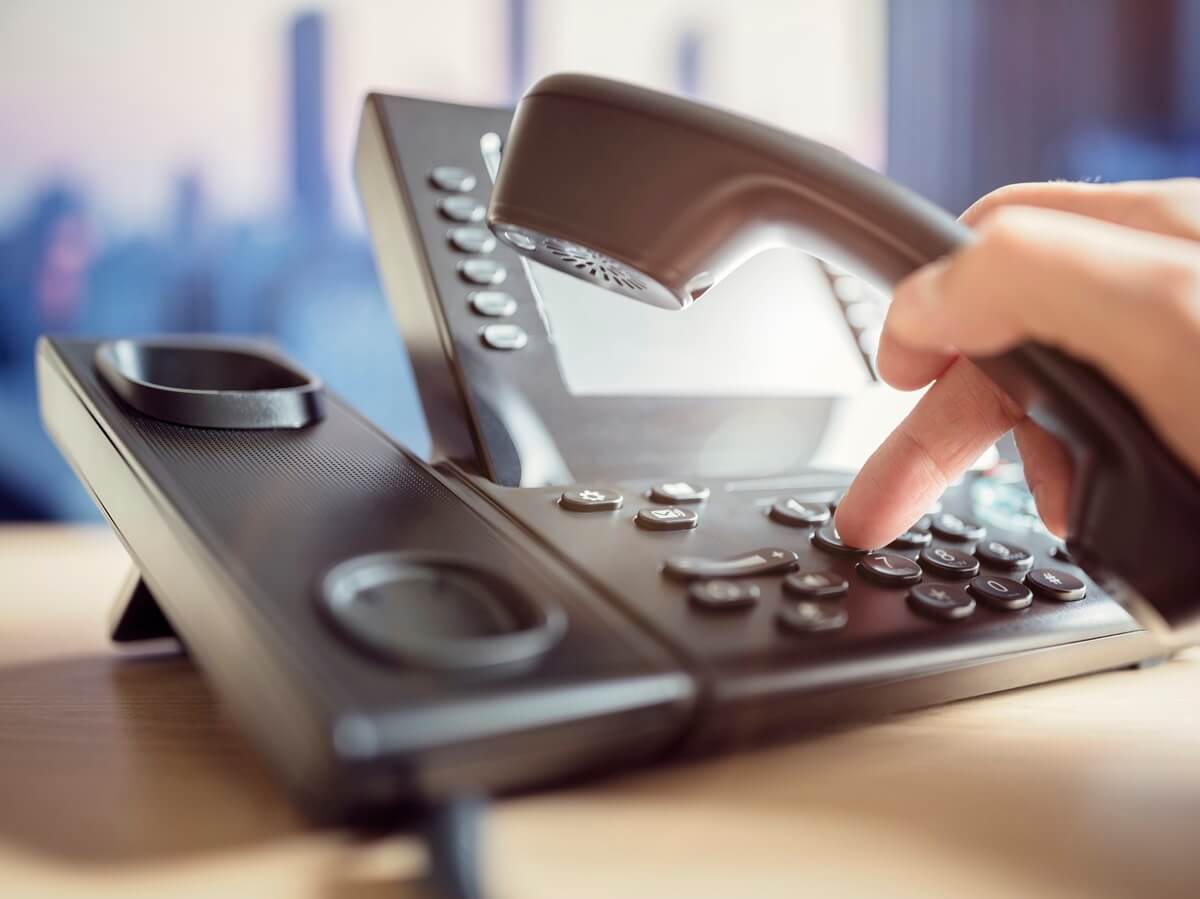Have you ever switched phone service providers? Most people have, at some point or the other. One of the biggest questions that crop up during this process is – can I keep my number?
It’s not surprising that people would want to keep their old numbers. After all, all your friends and family members know this number already. You may have given out this number to utility companies, colleagues, and other businesses. Who needs the hassle of updating numbers everywhere?
Imagine doing this for a business. A company may change service providers for a number of reasons. Maybe you’re upgrading from landlines to VoIP, as there is a big difference from VoIP vs regular phone service. Or you are switching from one VoIP service provider to another because of price, features, or anything else for that matter. Whatever the reason, you have decided to change service providers.
Now you are faced with the same question – can my business port landline numbers to VoIP?
Port Landlines to VoIP
In today’s world, almost all businesses are upgrading to VoIP from landlines. That means changing service providers. Unfortunately, many business owners forget about porting their numbers until the last moment. Why can’t you just get a new number and start using it?
Remember how much of a hassle it was to change your personal phone number and update all the people and businesses that might have it? Now multiply that by a thousand when it comes to enterprises!
Consider all the places where you display and use your business phone numbers. It’s on your letterhead, your business cards, billboards, advertising and marketing materials, etc. The number is present in all your emails, faxes, and other business communication. Not just that but all your customers, partners, suppliers, distributors and others know this number as well. Maybe they have been using the same number for years or even decades.
Do you really want to ruin your customer experience by changing phone numbers? No. No business ever wants to disrupt their workflows! Fortunately, with VoIP, you don’t have to. Not only is it possible to port landlines to VoIP, but the process is also quite simple.
Porting process participants
There are multiple participants in any number porting. No single entity controls the entire process. To report a landline number to VoIP, you need the following participants:
- Customer – the person or entity who owns the phone number(s)
- Losing carrier – the entity that currently holds your phone number
- Winning carrier – the VoIP provider you are moving to
- Number Portability Administration Center (NPAC) – the world’s largest number portability registry
- Local regulatory authority – in the US, it would be the FCC
Porting Requirements
What do you need before you can port a landline number to VoIP? Different countries have their own processes and porting requirements. Some – like the US – also have timelines for carriers to follow.
Completed Number Porting Form
Many service providers and carriers have forms that you need to fill out to start the number porting process. While you can find the form on their website, you can also ask the vendor to send this to you. Make sure to fill out all the details correctly before submitting the form.
Letter of Authorization or Letter of Agency
You’ll also need a letter of authorization to your new service provider. The LOA allows the vendor to contact your existing service provider on your behalf. Remember that you don’t have to contact your current provider to port landline numbers to VoIP. Your new vendor should take care of this for you.
Proof of Ownership
In most cases, you will also need to provide proof that you do in fact own the phone number in question. A bill or invoice listing the phone number, your name and address are generally sufficient.
Are All Landline Numbers Portable?
Theoretically speaking, numbers can be ported between wireless, IP, and wired services. However, you would need to be in the same geographic area for the porting process to work. Sometimes, your service provider may not have a presence in the market where you want the phone number. Always make sure to verify with your new service provider that they can port your existing numbers.
Another situation where you cannot port your number would be if you have service with a rural provider. Rural carriers are exempt from FCC regulations. But some providers do allow porting, so be sure to check in advance. If you received a free number when signing up for service, the carrier may not allow you to port it out either.
The Typical Porting Process
A lot of businesses are surprised by how quick and easy it is to port landline numbers to VoIP. For simple ports consisting of one number, the process should take less than a day according to the FCC rules. However, it can take several business days for complicated ports or if the porting request is rejected for any reason (then you have to start all over again).
Costs
What does it cost to port a landline number to VoIP? There is no definitive answer to this one. Some providers will do it for free. Others will do a handful for free and charge for bulk ports or vice versa. A few vendors will even charge a monthly fee for ported numbers. It means you have to keep paying the fees for as long as you use them.
Again, make sure to check with your service provider before starting the process. You don’t want to get sticker shock later on. One thing to remember is that the service provider cannot hold up the porting process due to unpaid bills. You can always settle with the vendor later on but it should not affect number porting.
Preventing rejections
Just because you want to port your landline number to VoIP doesn’t mean it will automatically happen. Quite often, vendors reject porting requests because of mistakes. Some of the most common errors that can delay porting are:
- The address doesn’t match. The address you submitted in the form does not match those on record with the losing carrier.
- The business name is wrong. Even a single typo can cause rejection. So make sure your business name is spelled correctly.
- If you have a single number, the billing telephone number is the same as the number you want to port. But most businesses have multiple numbers. Only one will be the billing number. Make sure to enter the correct one when requesting a port.
- Do not try to submit multiple requests with the same number. In most cases, the losing carriers will reject all requests.
- You have requested a freeze on your account. It will prevent numbers from being ported out. This is a good security measure. But make sure to remove the freeze before requesting a port.
- You did not provide a PIN. Some carriers use PINs for additional security. Make sure to give the correct PIN.
Losing service while porting
In many cases, you lose service the moment the number is transferred. You should be careful if you have other services attached to that phone number. For instance, a household may have a broadband connection along with a landline. The moment the number is ported out, you will lose Internet connectivity as well.
An enterprise may have similar arrangements with their carrier. So make sure to remove or reassign associated services before starting the port. Under no circumstances must you cancel service with the old provider. Wait until the service starts working with the new provider and tested. Once you are satisfied that everything is working as normal, only then cancel service.
Types of ports
Simple porting
A single telephone number without multiple lines or complex translations is a simple port. Most carriers will complete a simple port in one or two business days.
Standard porting
A standard port is more than one but less than 100 phone numbers. All phone numbers must have the same address, losing carrier and billing telephone number. Standard reports can take up to seven business days.
Complex porting
A complex port generally involves multiple billing telephone numbers, addresses, and maybe even multiple losing carriers. The FCC does not regulate complex ports. A typical one can take anywhere up to 20 business days, depending on business arrangements between the carriers.
Toll-Free Porting
You can port toll-free landline numbers to VoIP as well. However, the process may take some time depending on the carrier.
Benefits of Porting Landlines to VoIP
Why should you port landline numbers to VoIP in the first place? Upgrading to VoIP is practically a necessity for businesses nowadays. You get all the benefits of a modern digital phone system at a fraction of the price of landlines. Perhaps another compelling reason is that many carriers are ending support for the PSTN in the near future. It’s a good idea to be proactive and upgrade rather than delay until you have no choice.
So what are you waiting for? Call us and find out how VoIP can help you today!




